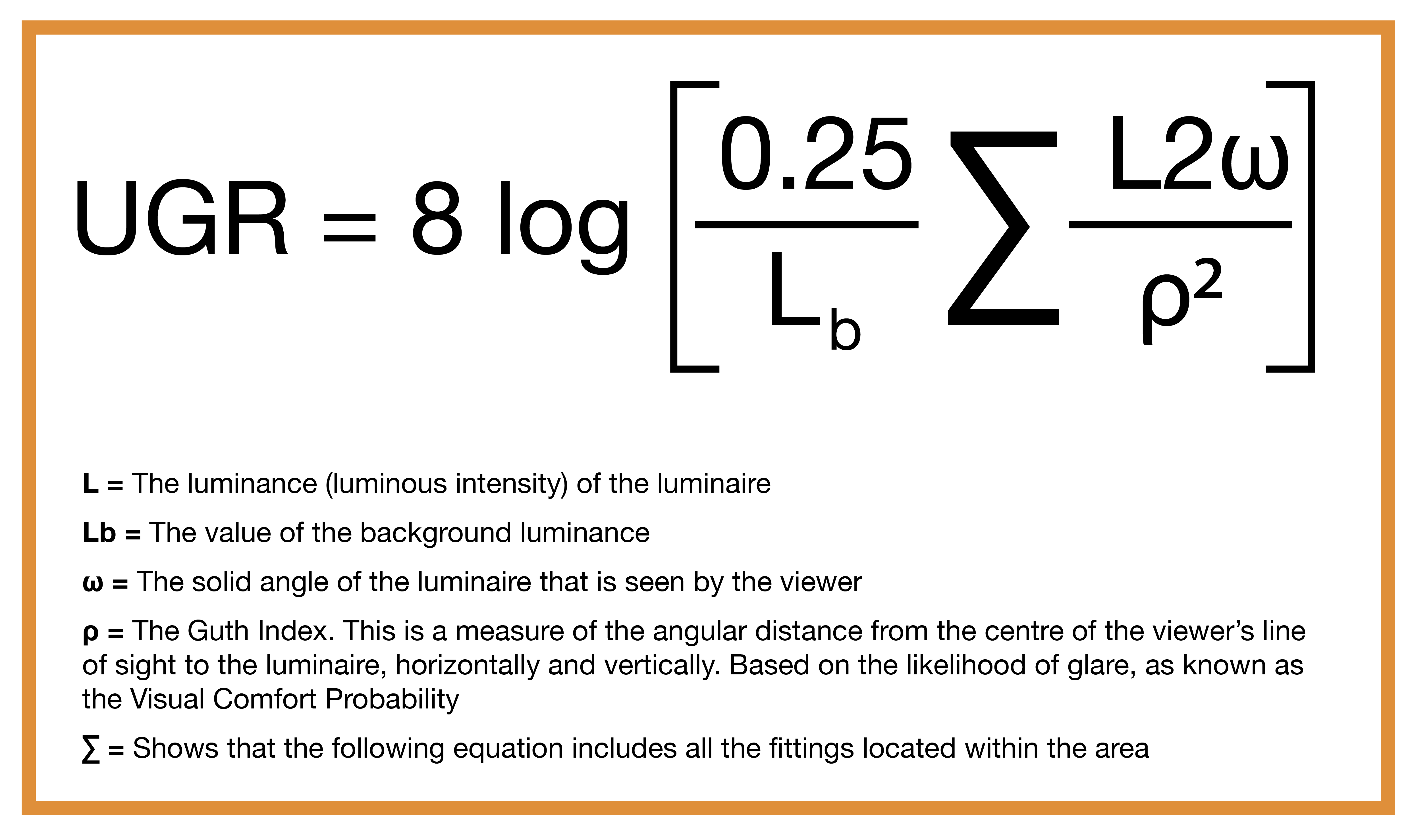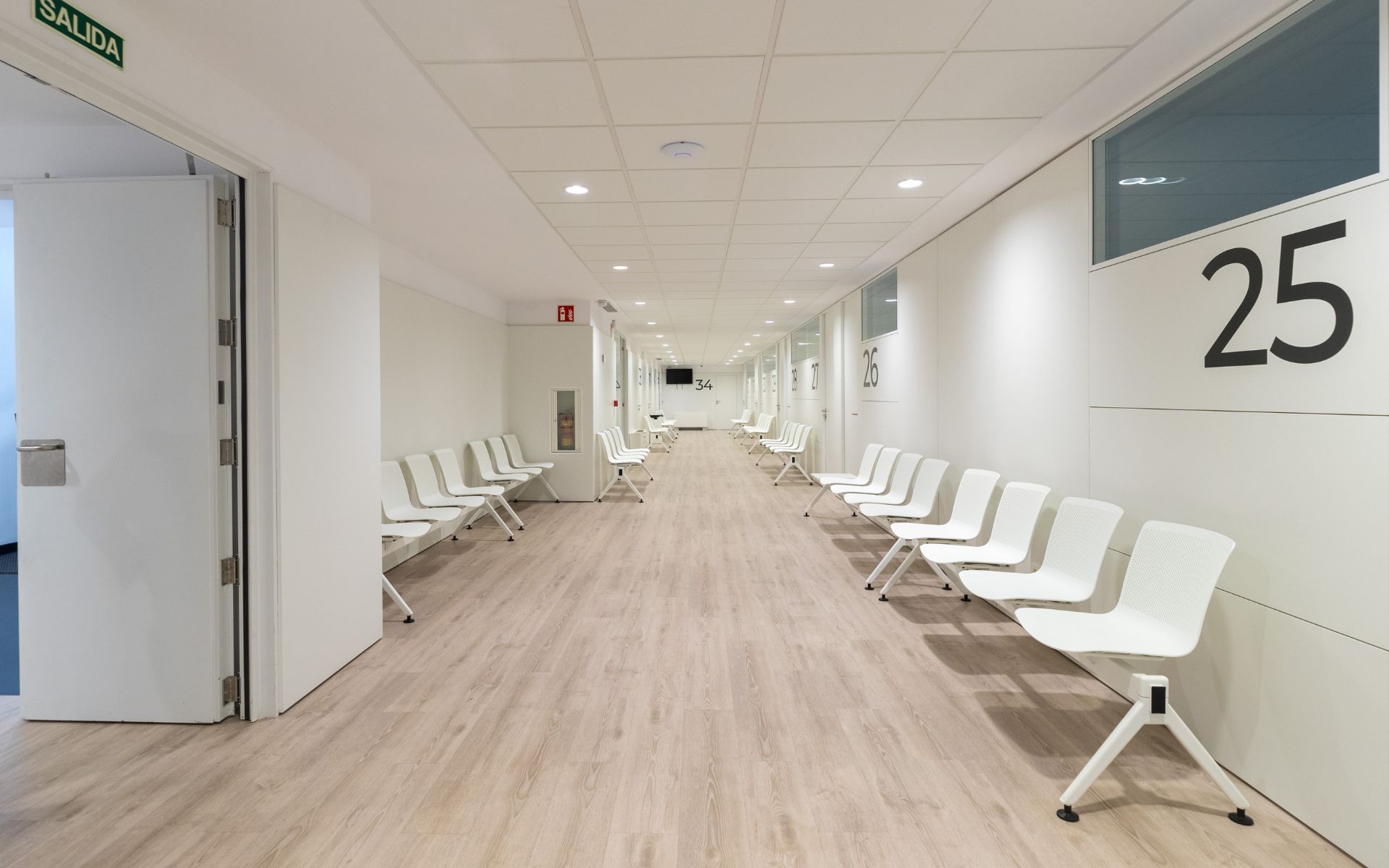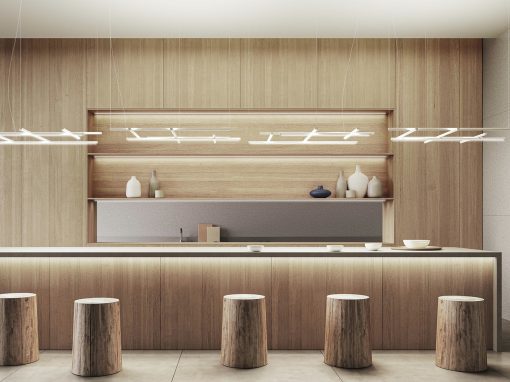Glare, a common yet often overlooked aspect of lighting, refers to the discomfort or visual impairment caused by excessive and unregulated brightness from light sources. This occurs when intense light, whether directly from a source or reflected, enters the eyes, leading to a blinding or uncomfortable sensation. Glare can result in squinting, reduced visibility, eye strain, headaches, and other discomforts. This problem is particularly troublesome when lighting conditions are inadequately managed, as it can lead to discomfort, decreased visual performance, and even safety hazards. In the realm of architectural lighting, achieving a harmonious blend of aesthetics, functionality, and occupant comfort takes precedence. Enter the Unified Glare Rating (UGR) – a pivotal tool in ensuring lighting designs create a soothing and productive environment.
Tackling glare starts with understanding its core nature. Glare is the blinding effect akin to squinting caused by the sun or bright sources. In lighting, glare arises from excessive, uncontrolled brightness. This can stem from direct or indirect lighting sources, affecting beyond impaired vision and discomfort:
- Reduced safety, leading to accidents.
- Health concerns like eye strain, headaches, and disruptions in circadian rhythms.
- Deteriorated productivity.
- Contribution to light pollution, adversely affecting the environment.
Unified Glare Rating (UGR) serves as a standardised measure to quantify the discomforting glare stemming from indoor lighting installations. This metric factors in variables such as luminaire luminance, angles, and visual tasks performed within the space. Essentially, UGR empowers us to mitigate discomfort from glare and enhance overall well-being.
The Australian lighting standards for glare indoors include the following requirements and recommendations:
- AS1680.1 Interior and Workplace Lighting Section 8 describes “Glare and Related Effects” in Section 8. Section 8.3.2 then outlines two systems for limiting discomfort glare; the UGR method, and the luminaire selection/luminance limitation method. The luminaire selection system is recommended for situations where the Lighting Designer has incomplete information on the environment, such as surface finishes and partition/furniture details. Where more critical attention is required and these details are known, the UGR system can be applied.
- The Green Building Council of Australia (GBCA) has set out glare requirements for building interiors. According to the GBCA’s Green Star, all luminaires must not produce unwanted glare and should achieve a Unified Glare Rating (UGR) of less than 19 for living areas, dining areas, kitchens, bedrooms, and bathrooms. For all other areas, a UGR of less than 22 is acceptable.
- The CIE-117 lighting standard recommends limiting the UGR values for office lighting. The limiting UGR values are recommended in clause 5 of the standard.
The UGR Equation
Calculating UGR involves a precise mathematical formula. This equation considers aspects like background luminance, average luminaire luminance, solid angle, and displacement from the line of sight. This intricate calculation enables lighting designers to strategically position luminaires and adjust their attributes, all aimed at minimising glare and optimizing comfort.


Toulon Art Museum. The technological innovations of our BEGA compact floodlights minimise the diffuse light percentage for even more targeted lighting scenarios. The new black diffuse light cone optimises the glare suppression of the floodlights. Our optical systems BEGA Hybrid Optics® allow highly efficient light control in terms of the directionality of the light.
Product: BEGA Compact Floodlight

Low-glare luminaires are crucial in hospital hallways and waiting rooms because they enhance patient comfort, and improve safety. The Amatris downlights from Trilux are used here to create a soothing environment that aligns with healthcare standards, providing optimal lighting conditions for both patients and healthcare staff.
View Project: TRILUX Miraflores Hospital
Pitfalls and Considerations Required When Incorporating UGR into Design
Incorporating Unified Glare Rating (UGR) into lighting design requires careful consideration to avoid pitfalls that can lead to misleading claims and discomforting lighting conditions. Often, UGR is misused by not adhering to complete procedures outlined in CIE Standards, leading to inadequate results. Several challenges emerge from this misuse:
- Context Matters: Applying UGRLum to luminaires alone, without considering the specific application context, can result in discomfort in certain conditions even if the overall UGRAppl seems low. Individual experiences of glare can differ, for instance, when looking up at the ceiling. ISO 8995-1 addresses this by defining application-specific UGR limits.
- Neglecting Application Details: UGRLum limits on luminaires might disregard application specifics that could lead to the rejection of luminaires effective when used as intended. Certain luminaires, like wall washers or architectural expressions, could be rejected due to high UGRLum values in standardized conditions.
- Limited Simulation Scope: The UGRAppl tabular method assumes uniform luminaire spacing in a rectangular empty room with a single luminaire type, which might not suit various applications with complex layouts, fixtures, and room geometries.
- Observer Position Bias: Some qualification programs may favour specific products by requiring non-standard observer positions for L- or UGRPoint calculations, potentially yielding artificially low values.
- Calculation Challenges: Calculating UGRAppl with large S/H values can lead to misleading results. Manufacturer-reported UGRPoint values might be based on non-standard room/luminaire layouts.
- Complex Light Sources: Light sources with multiple non-uniform emitting surfaces can be inaccurately represented as a single uniform surface, reducing UGRLum.
- Localisation of UGR Calculations: UGRAppl simulations focus on specific areas near room corners, which might not accurately represent glare probabilities in real-world scenarios.
- Preference for Narrow Distributions: The CIE 117 UGR formula tends to favour narrow and fully indirect distributions, but designers should balance distribution choices considering various needs in the application.
- Software Variability: UGR calculations in software packages vary due to the proprietary implementation of parameters, leading to differing UGR values for the same design.
- Incomplete Grid Calculations: Software-generated UGRPoint grids might not accurately represent UGRAppl, leading to potentially misleading conclusions.
- Daylighting Considerations: UGRAppl is not applicable to spaces with mixed daylighting and electric lighting due to the distinct nature of daylight as a glare source. Understanding these pitfalls is crucial to harness UGR effectively in lighting design, ensuring accurate results and comfortable lighting environments.
Reducing Glare:
When it comes to reducing glare, you have two options: either choose products designed to minimise glare; and employ lighting design and simulation to assess performance in your space. In terms of luminaire design, effective strategies involve implementing techniques like light shielding, cut-off, and recessing to redirect light spill. Meanwhile, in lighting design, Unified Glare Rating (UGR) is influenced by how lighting is installed and used in each area. Crafting lighting solutions is crucial, considering factors like dimensions, mounting heights, surfaces, and furniture arrangement. For achieving low UGRs, experts suggest utilising appropriate combinations of LEDs and strategic placements, employing methods such as indirect lighting, wall washing, and thoughtfully layering light sources to create an optimal blend of aesthetics, functionality, and occupant comfort.
Visual comfort is an important element of lighting design and luminaire selection. The UGRApplapproach captured in CIE 117:1995 is the best approach to evaluate discomfort glare for electric lighting, but it is a complicated procedure with many opportunities for misinterpretation/misapplication.
Three new terms are used above for UGR:
- UGRAppl: Application UGR is the value obtained by full use of the International Commission on Illumination (CIE) method on the particular application (room shape, luminaire layout, luminaire parameters, tasks). (UGRAppl includes correct “averaging” of the relevant UGRPoint values—see below.)
- UGRLum: Luminaire UGR is the use of UGR to evaluate/compare luminaires in a single defined application (room shape, luminaire layout) when the luminaire may actually be used in many different applications.
- UGRPoint: Point UGR is UGR calculated at a single point in a room—by simulation software, for instance.

The light from the built-in performance floodlight in these BEGA Poletop Luminaires is deflected by the top reflector. This deflection has the effect of distributing the light in an extremely soft and uniform way, effectively removing glare
View Product: BEGA Poletop Luminaire




